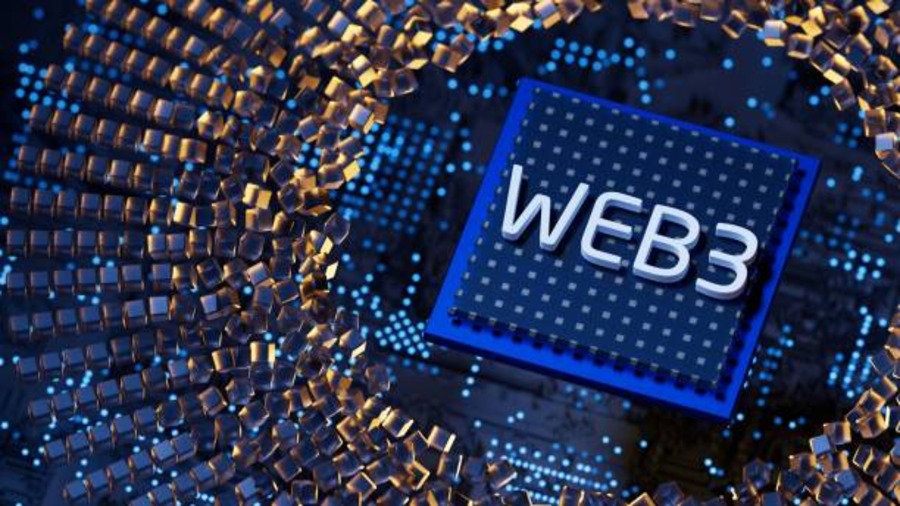Exploring the World of Web3 dapps: A Comprehensive Guide

Are you curious about the new trend of Web3 dapps and how they are changing the digital landscape? In this article, we will dive deep into the world of Web3 dapps, exploring what they are, how they work, and the potential they hold for the future of technology.
What are Web3 dapps?
Web3 dapps, or decentralized applications, are applications that run on a decentralized network, such as a blockchain. Unlike traditional applications that run on a central server, Web3 dapps operate on a distributed network, making them more secure, transparent, and resistant to censorship.
How do Web3 dapps work?
Web3 dapps use smart contracts, which are self-executing computer programs that automatically execute the terms of a contract when certain conditions are met. Smart contracts are stored on a blockchain and are immutable, meaning they cannot be altered or deleted once they have been created. This makes them more secure and trustworthy than traditional contracts.
Advantages of Web3 dapps
Web3 dapps offer several advantages over traditional applications. Firstly, they are more secure and transparent due to their decentralized nature. Secondly, they are resistant to censorship, as they cannot be shut down by any single entity. Thirdly, they offer a higher degree of privacy, as user data is stored on the blockchain and not on a central server.
Applications of Web3 dapps
Web3 dapps have a wide range of applications, from finance and gaming to social media and governance. One of the most well-known Web3 dapps is Ethereum, which is a decentralized platform that enables the creation of smart contracts and decentralized applications.
Challenges faced by Web3 dapps
Despite their many advantages, Web3 dapps still face several challenges. One of the biggest challenges is scalability, as the current blockchain infrastructure can only handle a limited number of transactions per second. This has led to high fees and slow transaction times, which can hinder the adoption of Web3 dapps.
Future of Web3 dapps
Despite the challenges, the future of Web3 dapps looks promising. With the advent of new technologies such as sharding and layer-2 solutions, scalability issues can be addressed, making Web3 dapps more accessible to the masses. Additionally, as more people become aware of the advantages of Web3 dapps, we can expect to see a surge in their adoption.
Examples of Web3 dapps
There are many different types of Web3 dapps, each with their own unique applications and features. Here are a few examples of some popular Web3 dapps:
1. Uniswap
Uniswap is a decentralized exchange that allows users to trade cryptocurrencies without the need for a central intermediary. Instead, Uniswap uses an automated market maker (AMM) system to determine the price of assets and facilitate trades.
2. Decentraland
Decentraland is a virtual world built on the Ethereum blockchain. Users can buy, sell, and trade virtual land, as well as create and participate in a wide range of different virtual experiences.
3. Mirror
Mirror is a decentralized publishing platform that allows users to create and trade synthetic assets that track the price of real-world assets, such as stocks, commodities, and currencies.
4. Golem
Golem is a decentralized computing network that allows users to rent out their unused computing power to others. This can be used for a wide range of applications, from rendering CGI graphics to running scientific simulations.
The potential of Web3 dapps
Web3 dapps have the potential to revolutionize a wide range of industries, from finance and gaming to social media and governance. Here are a few examples of how Web3 dapps could be used in the future:
1. Decentralized finance (DeFi)
DeFi is one of the most promising applications of Web3 dapps. By leveraging smart contracts and decentralized networks, DeFi protocols can offer a wide range of financial services, such as lending, borrowing, and trading, without the need for a central intermediary. This can make financial services more accessible and affordable for people around the world.
2. Gaming
Web3 dapps could also be used to create more immersive and engaging gaming experiences. By leveraging blockchain technology, developers can create in-game economies that allow players to own and trade virtual assets, as well as participate in decentralized tournaments and competitions.
3. Social media
Web3 dapps could also be used to create more decentralized and user-owned social media platforms. By leveraging blockchain technology, users could have more control over their data and privacy, as well as have a more democratic say in how the platform is governed.
Conclusion
Web3 dapps are an exciting and rapidly evolving technology that has the potential to transform a wide range of industries. While there are still challenges to be addressed, such as scalability and usability, the future of Web3 dapps looks bright. As more people become aware of the benefits of decentralized networks, we can expect to see more innovation and adoption in this space.








